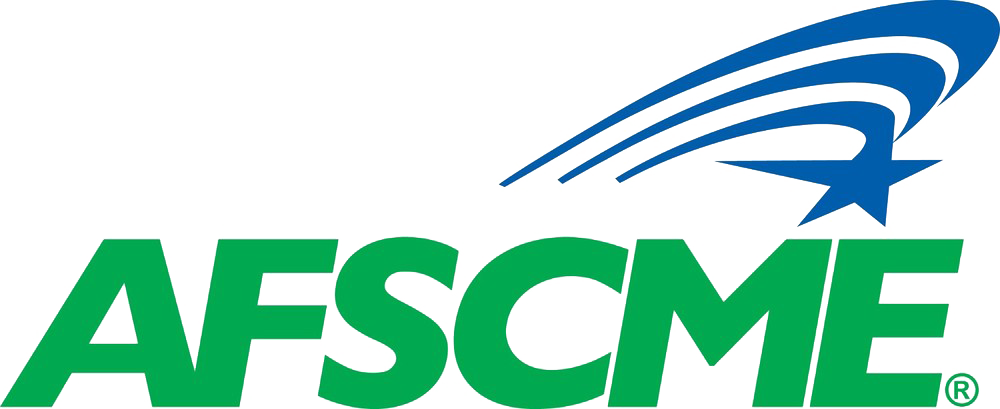
Rosemarie Kukys. Member-provided photo.
Rosemarie Kukys, an AFSCME member and registered nurse in Orange County, New York, has been caring for others her entire life.
As a child, she says, she would “take birds that fell out of a tree or care for bunnies that didn’t have a mother.” In high school, she became a licensed nurse practitioner. Today, she serves residents of Valley View Center in Goshen, a job she has done for 45 years. Her current role is as a clinical instructor, supervising other nurses and nursing assistants who care for older adults.
Like many AFSCME members, Kukys, a member of the Civil Service Employees Association (CSEA) and vice president of Orange County Local 836, went into public service to make her community better. But a nationwide staffing shortage made worse by the coronavirus pandemic has left Kukys and her co-workers struggling at the county-owned and -run nursing home. Staffing issues at for-profit nursing homes are often worse.
That’s why AFSCME supports a new rule by the Biden administration that would establish a federal floor for staffing levels to prevent owners of nursing homes – both public and private – from slashing staffing to unsafe levels. The proposal would require every nursing home facility in the nation to have a registered nurse on-site 24/7, as well as a certain minimum number of registered nurses and nurse aides to provide routine care.
“The staffing mandate being put forth in the new rule is definitely a good beginning, and I hope it has a positive effect,” Kukys says. “More nurses equals higher quality care. Right now, nurses have to rush through their tasks and nursing homes are the forgotten land.”
The proposed rule, issued by the Centers for Medicare and Medicaid Services (CMS), would also require facilities to include staff input in assessing what resources they need to care for residents and to develop plans to maximize staff recruitment and retention.
AFSCME President Lee Saunders celebrated the rule’s announcement last month, describing current conditions in nursing homes as “notoriously harrowing” and “a threat to the safety of both residents and staff.”
“Nursing home workers have been warning for years that dangerously inadequate staffing levels put them in harm’s way and compromise patient care,” he said. “On behalf of AFSCME nursing home workers and all AFSCME members, I am grateful for this proposed rule, which takes important steps toward addressing the problem.”
Kukys takes great pride in her job at Valley View, which provides long-term care for older adults, including patients with Alzheimer’s and dementia, and short-term rehabilitation services. But the last few years have made her worry about the future of such care.
“More needs to be done in order to make sure that jobs at nursing homes continue to be attractive opportunities for professionals in the nursing field,” she says. “Workers in nursing homes often don’t make enough.”
During the first two years of the pandemic – March 2020 to March 2022 – skilled nursing care facilities in the U.S. lost some 240,000 employees, according to federal data. Although they have somewhat recovered, as of September 2023, there were still 150,000 fewer such jobs.
Issues with staffing in nursing homes are part of a broader trend in public service, where jobs that were lost during the pandemic have yet to return. Our union has launched an initiative – called Staff the Front Lines – to help state and local governments and health care employers improve recruitment and retention of public service workers.

